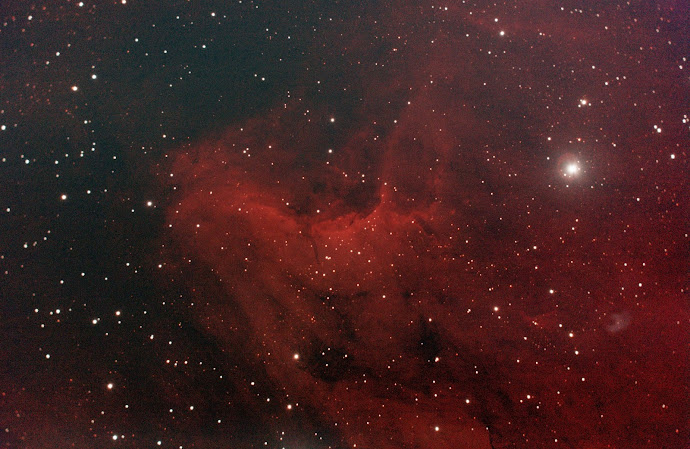Canon T3I Dark Current Analysis
Because I found learning calibration challenging during a demo for PixInsight (where horrendous results were obtained initially through simple mistakes), I also started to pay more attention to bias, dark and dark flat calibration frames. Whereas in Astro Pixel Processor, calibration is so easy that no attention need be paid, in PixInsight the user is down in the weeds looking at data... trying to figure out what's gone pear shaped. And so, I began to do some searches on the behavior expected for the Canon T3I, whether ISO1600 was (in fact) suitable for lights and darks, whether ISO100 is suitable for flats, etc.
This led to an old (2015) page from the Blackwater Skies Blog on their PixInsight workflow for the Canon EOS 500D that (similar to other posts) noted that the dark current visible in Canon EOS DSLR cameras is modified before written to the RAW CR2 files to manage the dark current levels. At one extreme, this may suggest fixed pattern noise is no longer an issue in modern Canon EOS sensors... and darks are unnecessary. Other posts suggest this in-camera solution is incomplete. Bizarre effects can be seen in some analysis (including lower median dark amplitude as a function of camera temperature). I utilized the same Batch Statistics Script insight PixInsight as well as exiftool (and Libre Office Calc) to dump median brightness and median absolute difference (MAD) statistics for 281 dark frames collected at ISO1600 across a range of exposures and temperatures.
These results do not show an inverse relationship between median brightness and temp as seen in other Canon dark frame analysis. This suggests perhaps a more predictable relationship between temperature and dark current for this DSLR.





Comments
Post a Comment